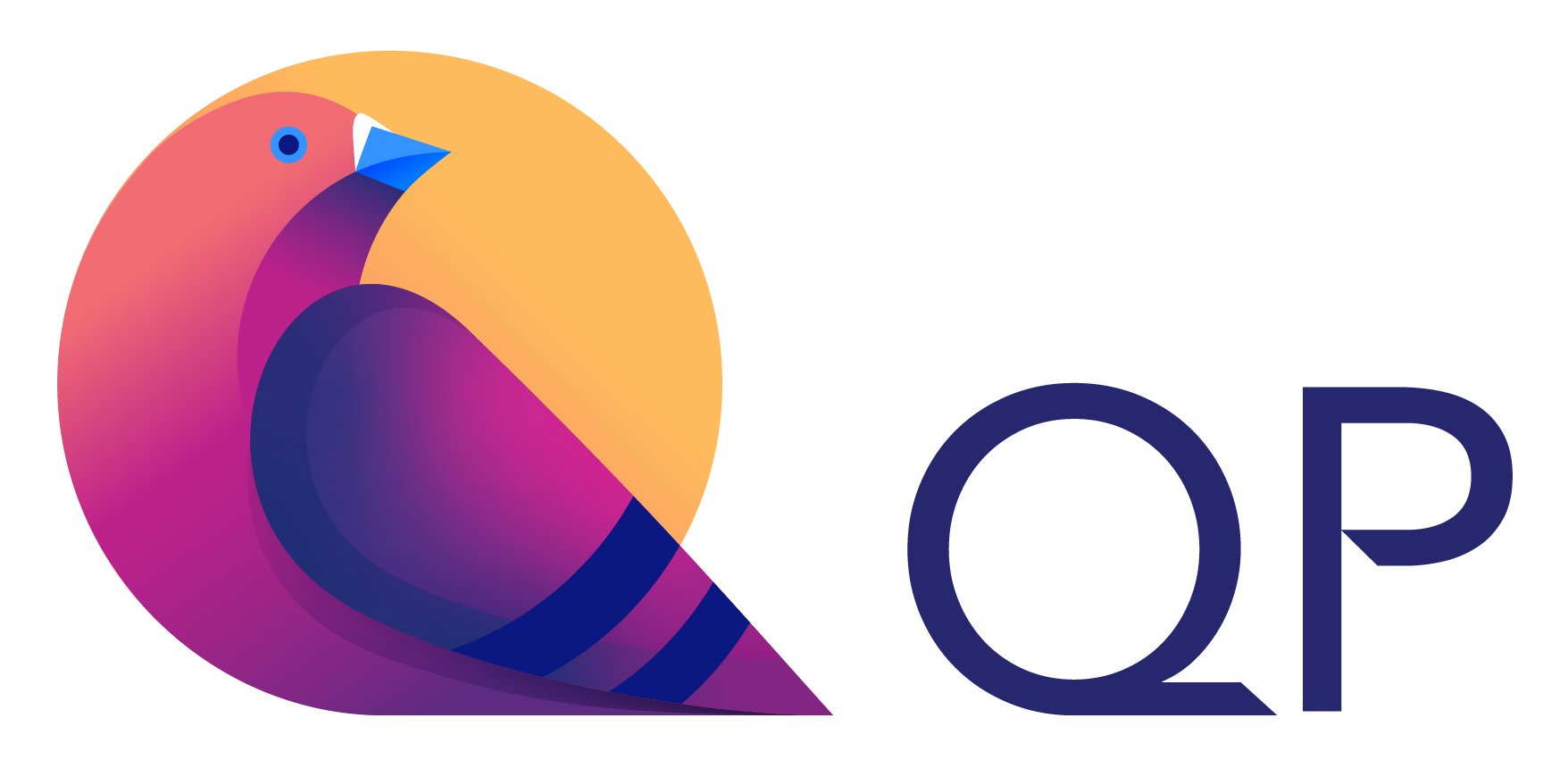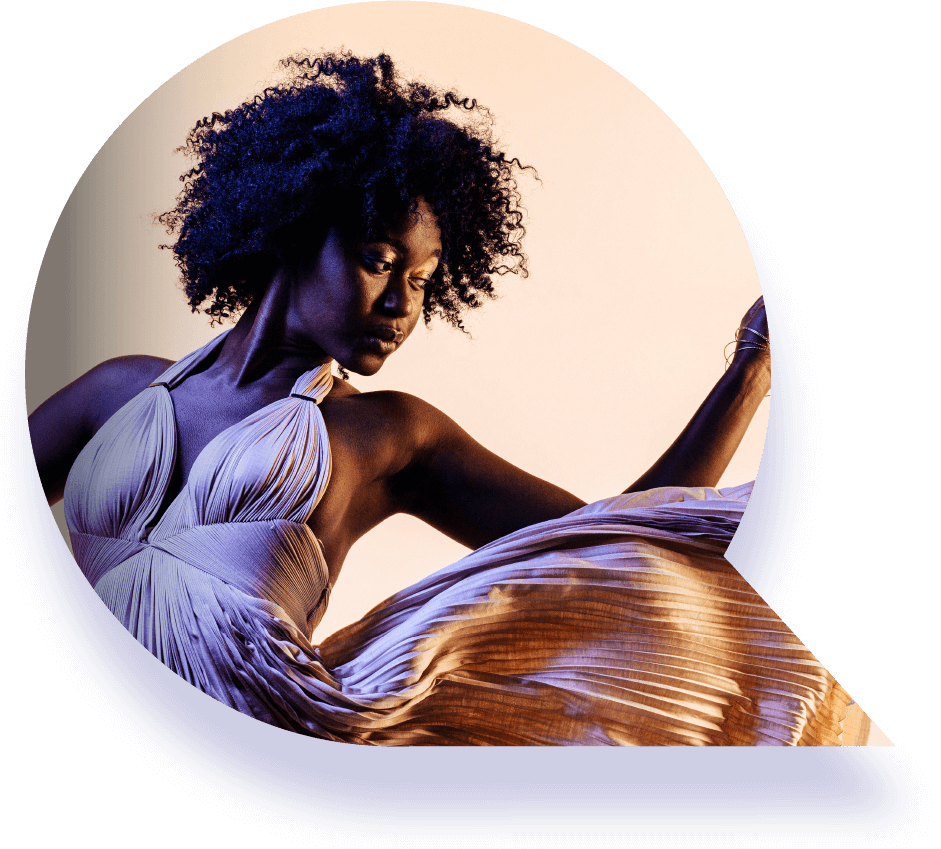When social media got started, it was all about connecting us with people we knew, or, often as not, used to know. The gone-but-not-forgotten Friendster got the ball rolling, connecting millions of people, often to folks they had barely thought about in years. Friendster inspired MySpace, which paved the way for Facebook, which has remained at the pinnacle of the social media mountain.

That first round of overnight successes catered to our inner circle: people we actually know and want to be connected with. Facebook, in particular, is filled with people sharing pictures of kids with grandparents, celebrating birthdays with friends, or letting everyone know about this Summer’s Family Reunion. The inner circle is an authentic, direct, person-to-person relationship, as often as not driven by a need to maintain contact despite being geographically separated.
On the heels of networks designed to manage the inner circle came decreasingly intimate options. LinkedIn, for instance, which was technically founded in 2002 but took a decade to grow into a juggernaut provides a vehicle for connecting with other professionals – often ones that one doesn’t really know, but with whom one would like to be associated. Even on the social side, the ascendant systems catered more to a non-direct relationship: from YouTube to Instagram to TikTok, the concentration is more on following, and being followed by, an audience much greater than the size of one’s actual circle of friends and family. These networks, then, cater to what we could call the outer circle of one’s social life.

Between the intimacy of the inner circle and the cool disconnection of the outer circle, there is a need for a middle space, a third circle, if you will, that needs filling. This third circle should allow for a closer connection between individuals who share an interest but are not yet true friends or family; it should promote patronage and support, bringing creators and their fans closer together in a shared, non-public, virtual space; and it should provide robust control for everyone – the ability to choose who is inside the circle, what can be seen and shared, and even for those who post content to edit or delete content that has been shared in the past.
Solving for the third circle has been tried a few times in the past. OnlyFans, for instance, provides content creators a walled virtual garden, where they can build subscription-gated sharing channels; its early forays into the space, though, have labeled it indelibly as NSFW. Patreon provides a way to charge for access, but limited distribution options, forcing creators to master multiple technologies. Substack offers an impressive solution for delivering newsletters to subscribers – but in a totally one-way transaction, failing to create avenues for creators and fans to connect directly.

This is specifically the problem that QP solves: building out that third circle of folks who may be outer circle today, but could become inner circle tomorrow.
The messaging capabilities are invitation-only (so no spam!); each account can have multiple profiles, allowing the user to segment their contacts and communicate appropriately with, say, family members, college buddies, and professional friends; and connections hastily added – say at a conference, or a friend-of-a-friend's party – can be easily removed without that individual still knowing one’s phone number, email address, or Instagram handle.
Each account can have as many publishing channels as desired, and each can be either paid or free. Paid channels offer the same ability to choose who is and is not in the audience; to edit and delete all content; and the opportunity to invite an audience member to communicate directly, likely through a dedicated messaging profile.

For popular creators, especially those who are currently largely limited to ad and sponsorship revenues driven entirely by audience size, QP offers a completely different way to interact and to accept the support of their biggest fans. For those fans, QP offers the opportunity to interact directly with the creator and to build a more authentic, bidirectional relationship. Unlike the one-way communications from creator to follower found on other platforms, QP creators and fans can build authentic, personal connections.


